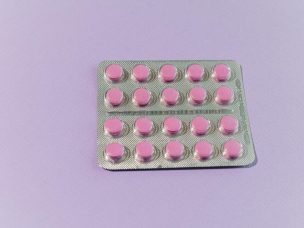Self-administered passive sound interventions are feasible among cancer patients, with positive fatigue and social functioning outcomes.
Besides morbidity and mortality, cancer substantially affects the quality of life of cancer patients. Music therapy has gained significant traction among various interventions developed for improving the emotional and physical well-being of cancer patients. This randomized controlled trial demonstrated that self-administered passive sound intervention positively affects patient-reported outcomes, including fatigue and social functioning. The study findings are reported in Oncology Research and Treatment.
Passive Group Patients Attained the Primary Endpoint of the Study
Compared to patients in the active sound intervention group, more patients from the passive group reached the primary endpoint (39% versus 27%, respectively), which was to demonstrate improvement in a minimum of one dimension without worsening in any other. There were no significant differences between passive and active groups for overall responses, except for fatigue, measured using the Visual Analogue Scale (VAS), with a P value of 0.049. The authors also observed an improvement in the quality of life among the passive group patients, measured using the Quality of Life Questionnaire (QLQ-C30).
QLQ-C30 Indicated Improvement in Shortness of Breath and Social Functioning
The implementation of a passive sound intervention among cancer patients resulted in a measurable improvement in their shortness of breath and social functioning, as assessed through the QLQ-C30 scale. Overall, improvement via the QLQ-30 was observed in 12 (31%) and 3 (9%) patients in the passive and active groups, respectively.
Sound Interventions Lead to a Significant Reduction in Affective Reactions
The authors observed significant improvement in affective reactions as a part of the Fear of Progression (FoP) questionnaire. In contrast, cancer patients in the active group did not show a significant decrease in affective reactions. Affective reactions comprise physical symptoms, irritability, disease-related anxiety, and fear of treatment.
This prospective trial demonstrated an improvement in fatigue and social functioning in cancer patients exposed to self-administered passive sound interventions.
Source:
Hohneck, A., Meissner, R., Reyser, C., Heinemann, L., Christians, K., Merx, K., Weingärtner, S., Mavratzas, A., Schulte, N., Burkholder, I., Hofmann, W. K., & Hofheinz, R. D. (2023). Effects of a Sound Intervention on Physical and Emotional Well-Being in Patients with Cancer: A Prospective Randomized Trial. Oncol Res Treat, 46(1-2), 1-10. https://doi.org/10.1159/000528187






